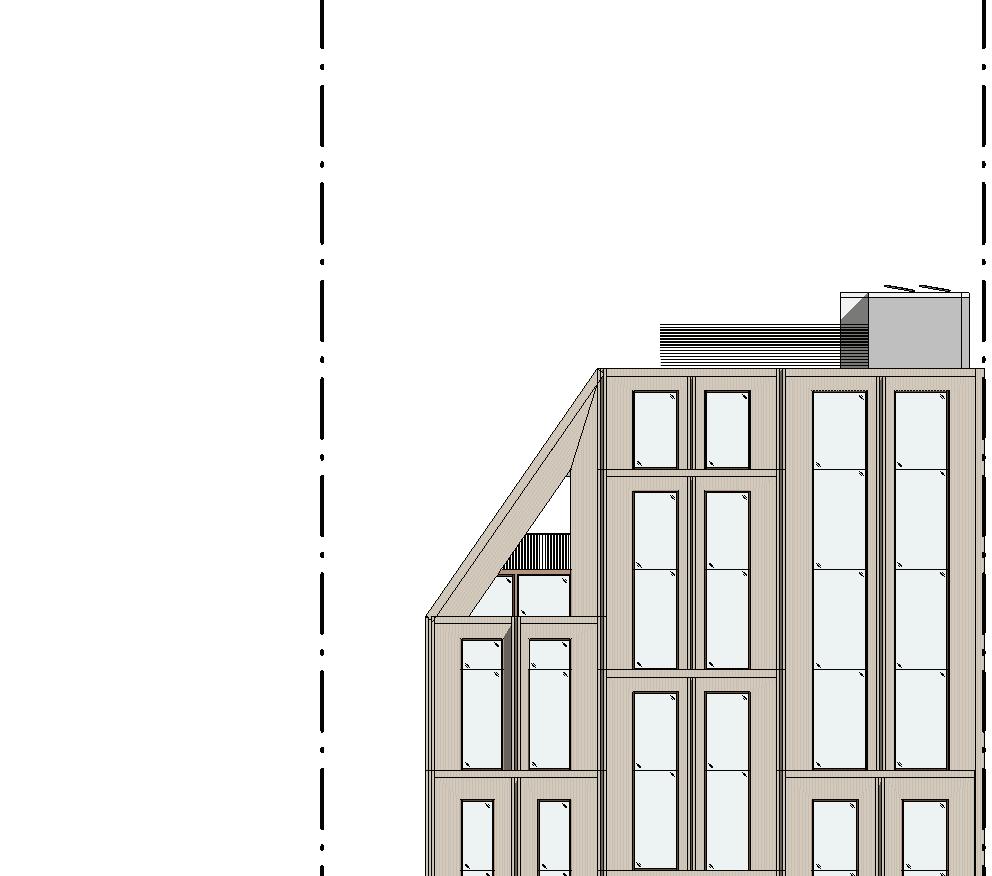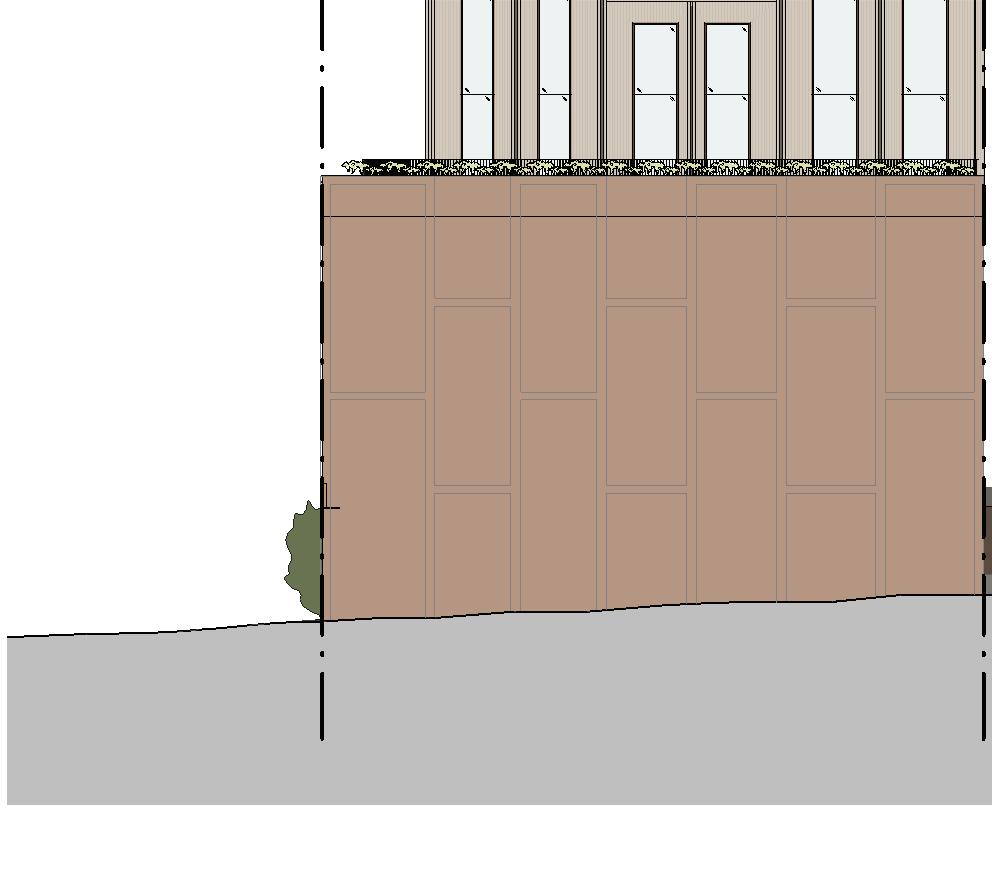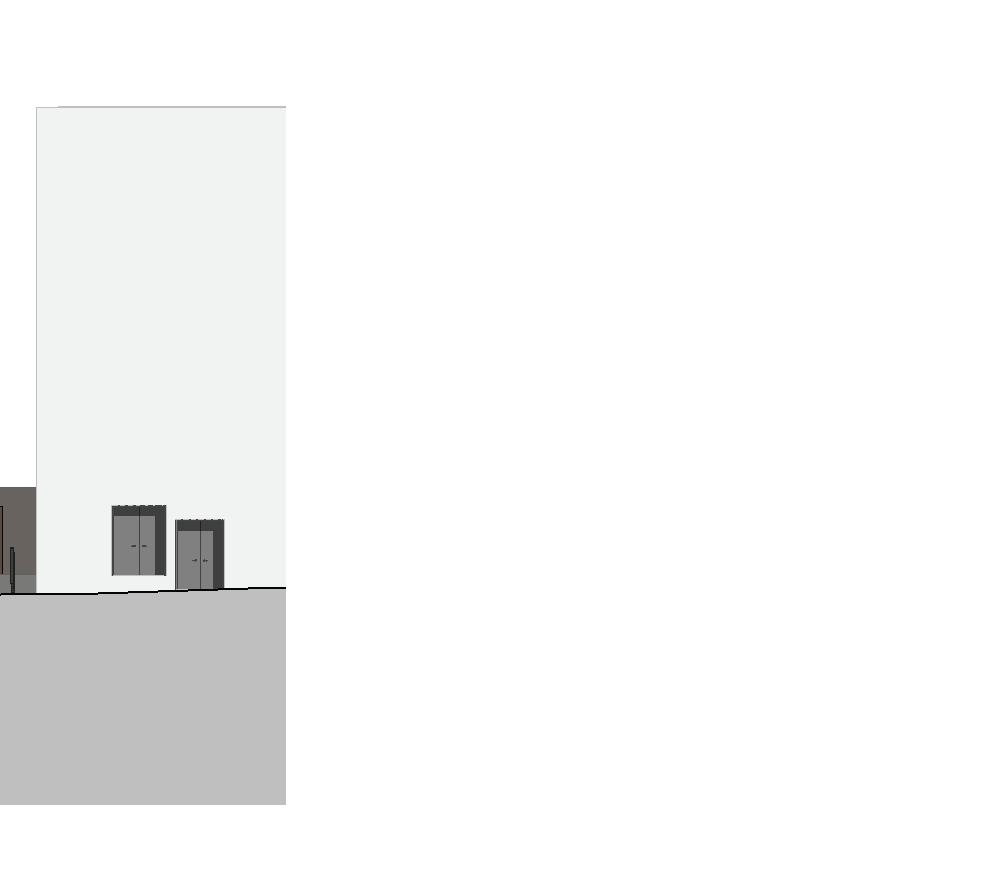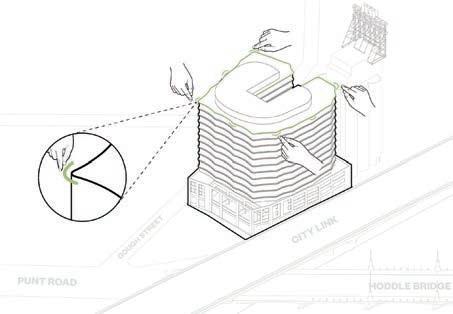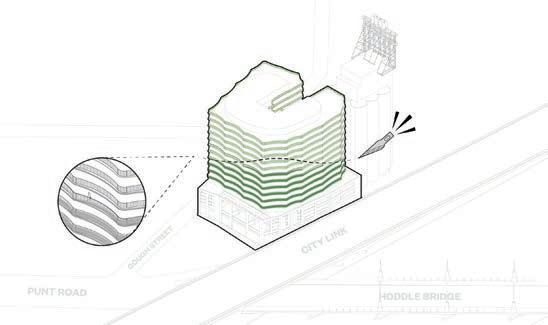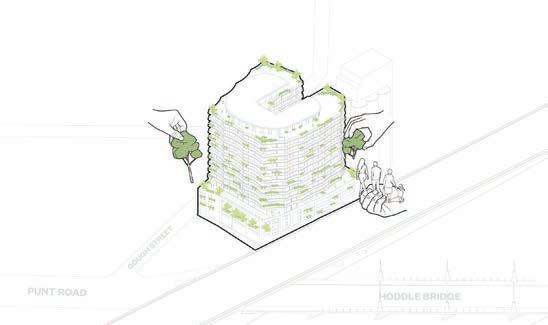






MASTERS LEVEL, SECOND YEAR
DESIGN THESIS STUDIO 12: PUB+
LED
BY
EMILIO FUSCALDO, NEST ARCHITECTS


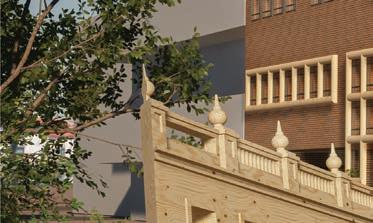
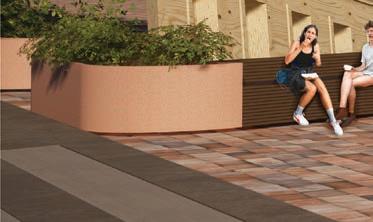


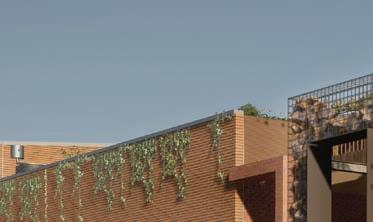
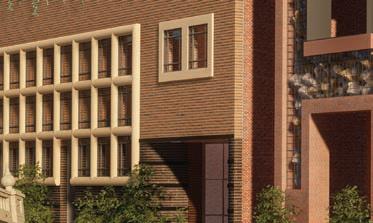





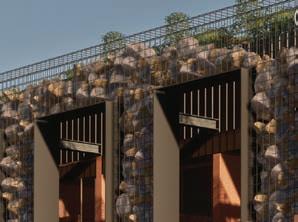
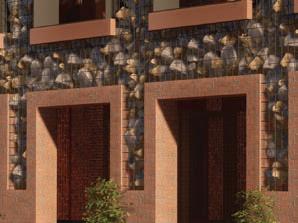
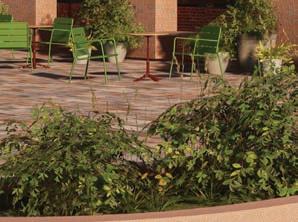












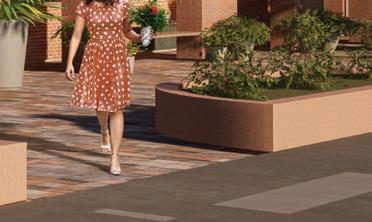










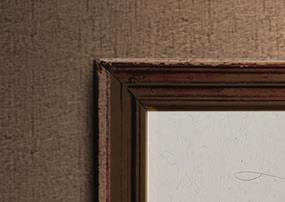
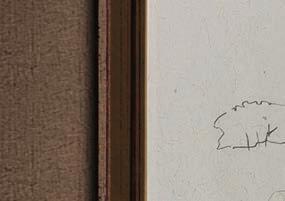





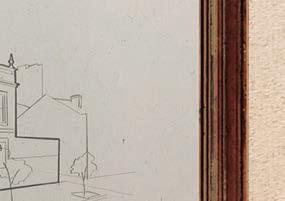
This thesis is an inquiry into the concerns of increasing student populations in Carlton, and its intersections in the context of the housing and cost of living crises. The confluence of these issues has culminated in the architectural degeneration of the domestic space, reducing an intimate homely place into a mere space for shelter.
The thesis explores the pub as a public-private domain that has historical precedence in housing and community development. The thesis approaches the pub typology as a non-residential domestic place (third place) that unites communities and facilitate human connection. This investigation into the pub will not attempt to reinvent the conditions of the residential typology but to propose ways in which the pub can fulfi l the domestic shortfalls of the student accommodation.



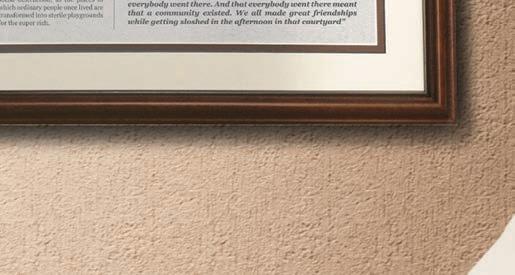

The proposal is situated on the site of the illegally demolished Corkman’s Irish Pub. The sudden destruction was highly conte to many students and locals in Carlton, as their third place suddenly disappea


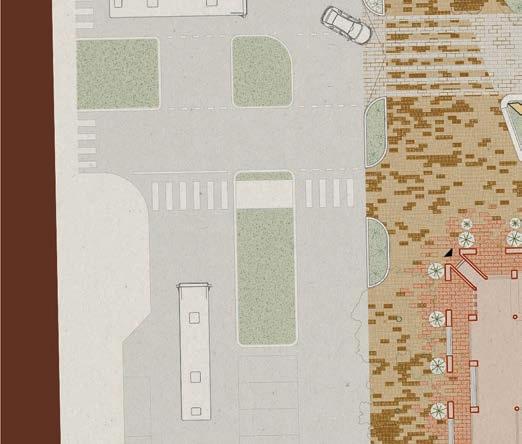
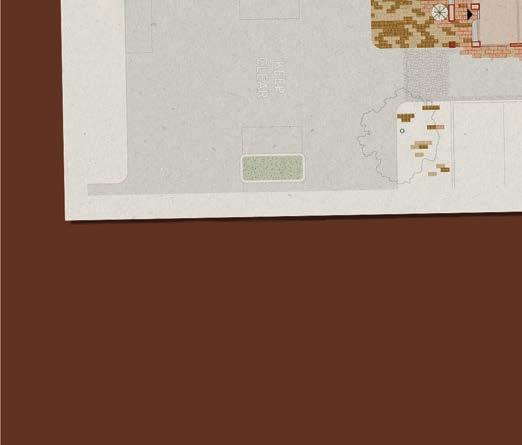
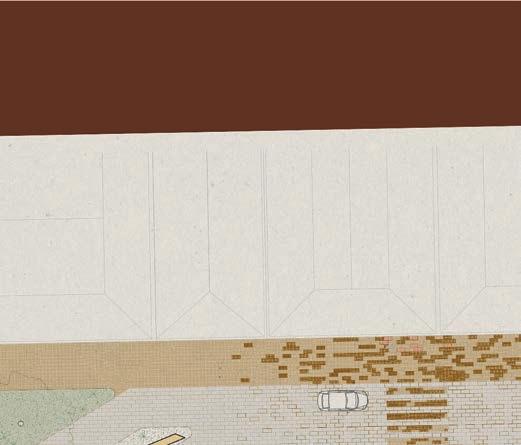
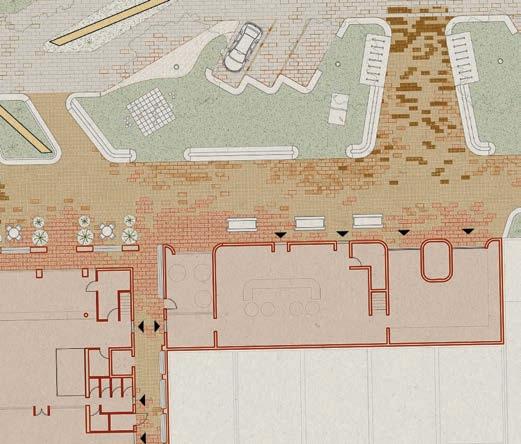
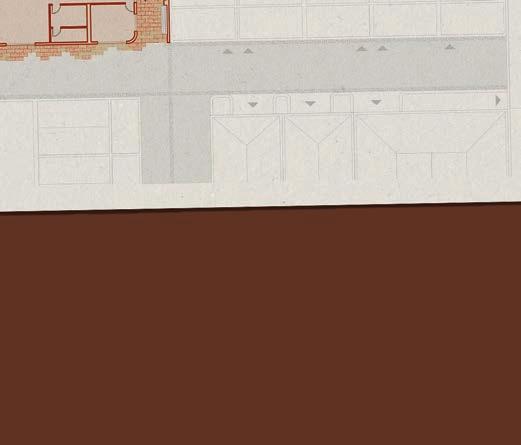
Inspired by ‘The Interface’, the project reintroduces urban design interventions, affordances and interfaces to bring back amenity to the neighbourhood.










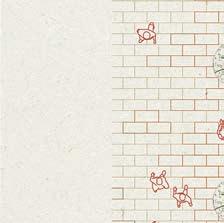
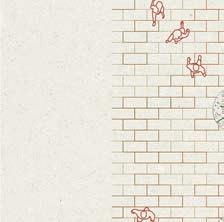

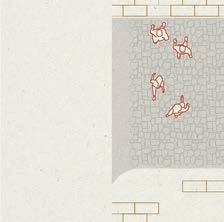



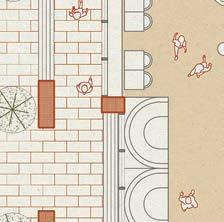
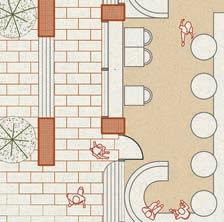

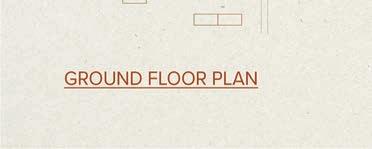

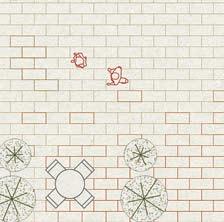




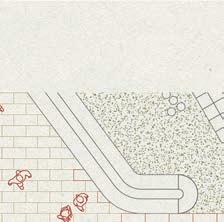
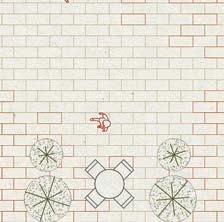
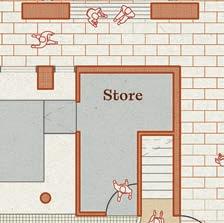







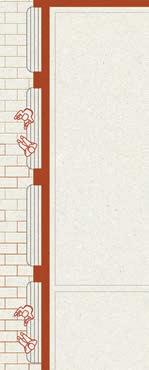


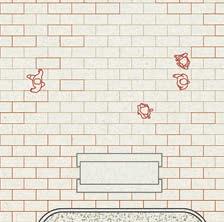




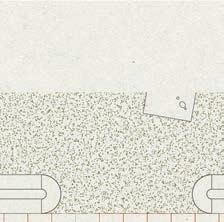
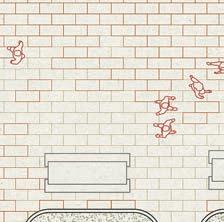

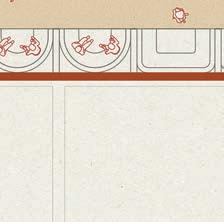








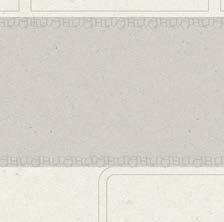
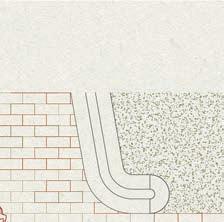
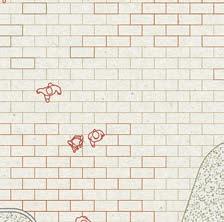
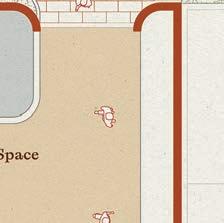




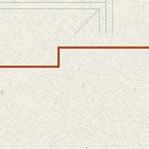




Recommendations
Each of the elements, affordances and materials are purposefully chosen to facilitate social interaction, whether it be passive or active.
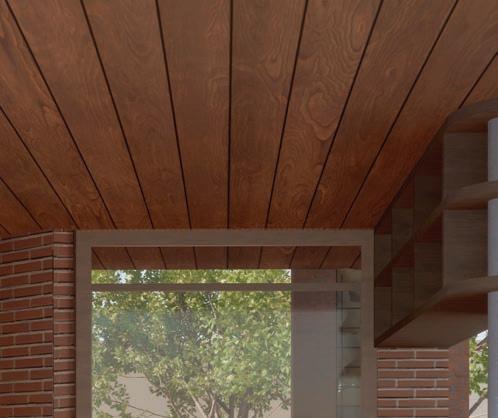



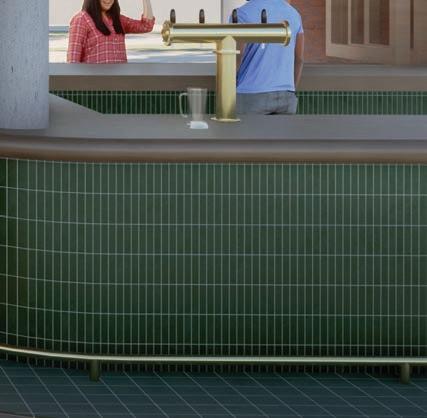
Affordances and apertures open to the street to re-introduce amenity to the neighbourhood and encourage interpersonal relations.




Architectural gestures of the pub borrow elements, confi gurations and scale of domestic architecture for pubgoers to feel as if they were home.





PROTECTION AND CONNECTION
Semi-permeable joinery design gently allude to thresholds of protected and intimate spaces whilst remaining visually connected to surroundings.

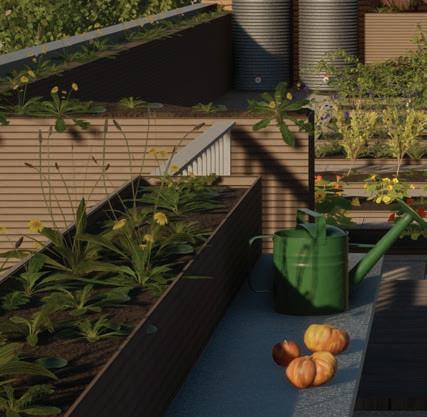
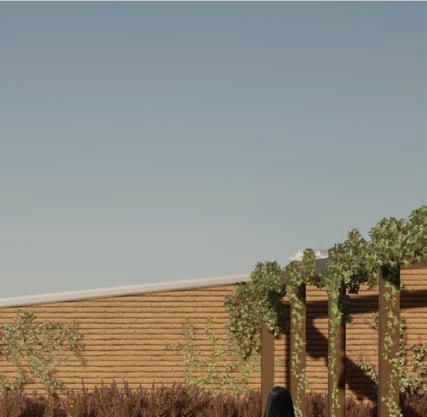
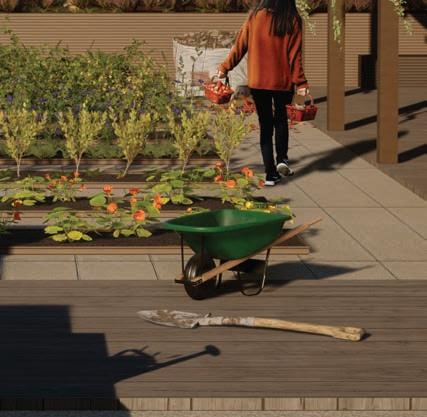
BACKYARD RESPITE
The productive rooftop garden does not only provide food to the pub, but offers moments of rest and retrospection amongst landscaped elements.


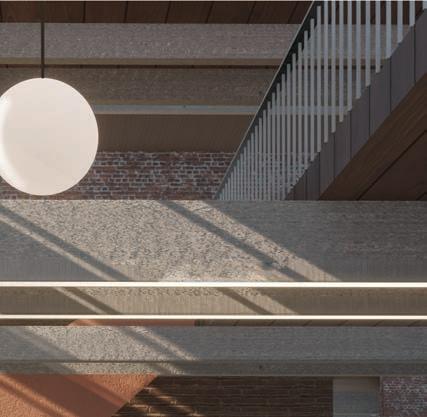

THE BREWERY
Aside from providing the social lubricant that facilitates social interaction, locals are will have an end product that represents community pride.
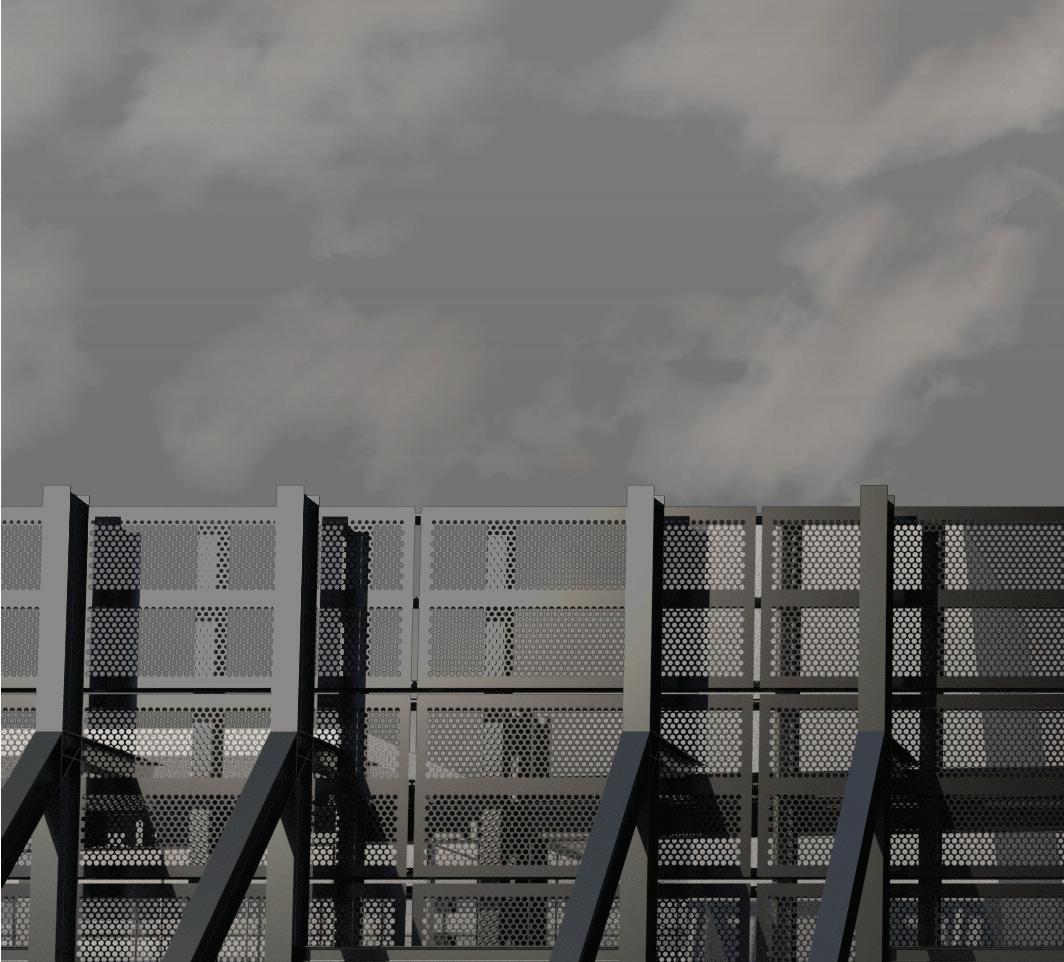
MASTERS LEVEL, SECOND YEAR
DESIGN STUDIO E, STUDIO 13: OFF-CUTS
LED BY WILLIAM CASSELL & RACHAEL HALSTEAD, COX ARCHITECTURE



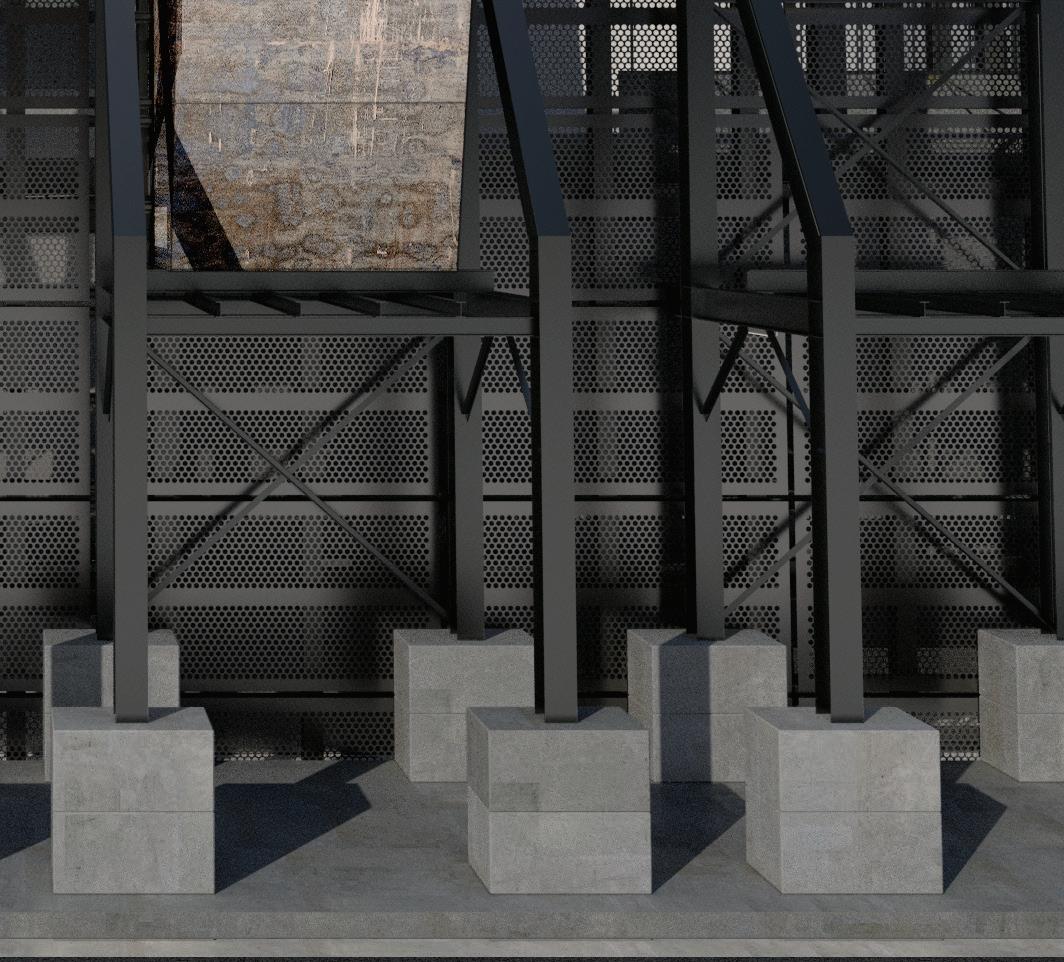



‘Vastum acquirit eundo’

– She Gathers Waste As She Goes.
“As the city of Melbourne grows, the shell of first developments are usurped by newer and larger development.
The Melbourne Material Memorial immortalises the memories of Melbourne’s heritage whilst celebrating the future of Melbourne’s growing urban character.”


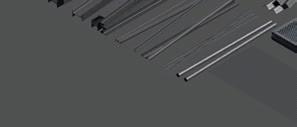

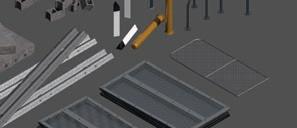
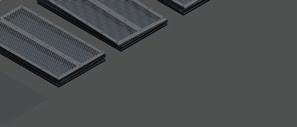
The Memorial is a reaction towards the prevailing attitudes and approaches of heritage conservation whereby higher social value is placed on the external appearance rather than the memories inside. Memories and experiences embedded within these building materials are often removed from the site - only to be forgotten and wasted away in the landfill.
The recovered materials arrive at the site in a ceremonial procession down Russell Street. The materials are then metamorphosed in specialised workshops so they will have a new life in the architectural fabric of Melbourne City. Remnants left behind from the reincarnation process will be immortalised within the on-site Mausoleum - a place where their memories will live on forever.





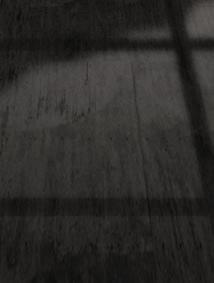
WASTE VIEWING PLATFORM
Moments for mourning as visitors observes the Memorial’s ritual of lowering materials into the ground.
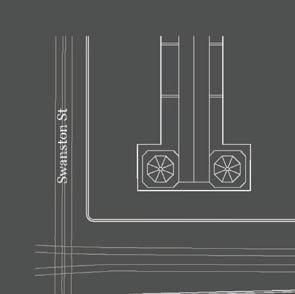


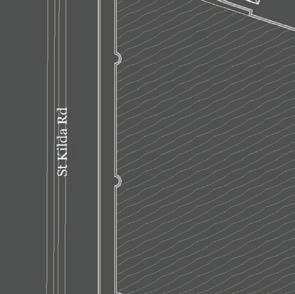


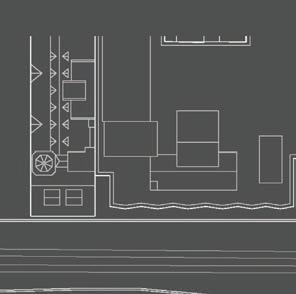



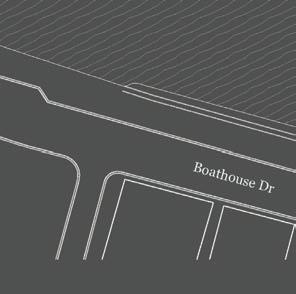



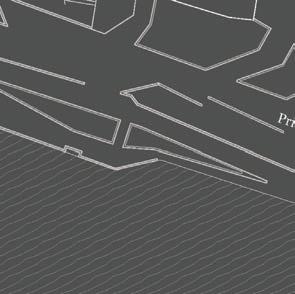




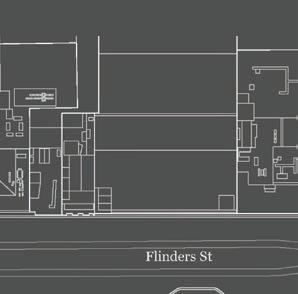

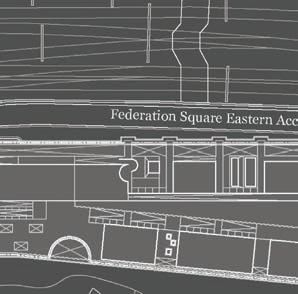
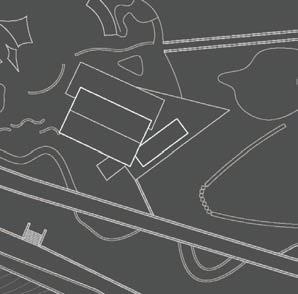



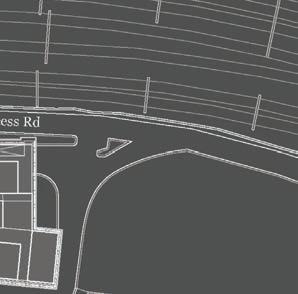
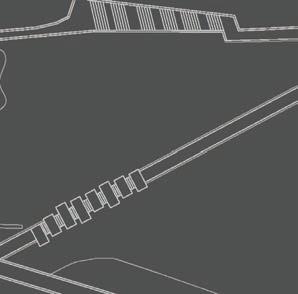


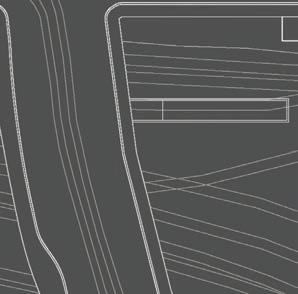





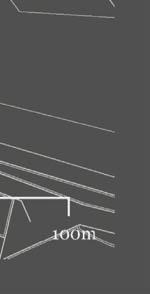






BUILDING SECTION


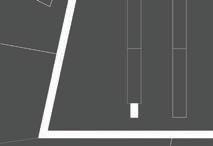





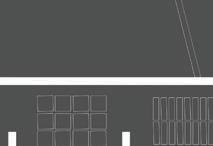

WASTE PLATFORM
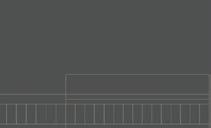








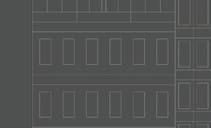

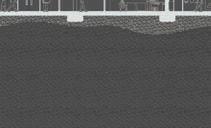
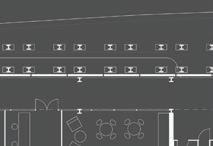
OFFICE SPACES
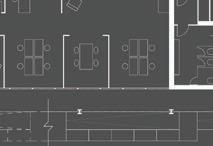

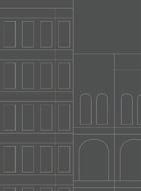


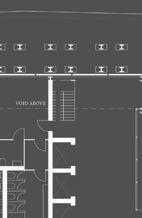
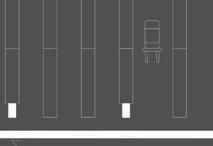

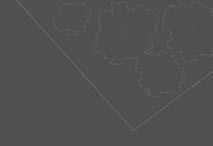
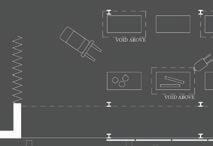
WASTE PROCESSING FACILITY SORTING TABLES



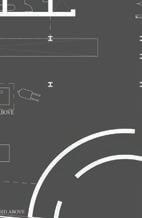










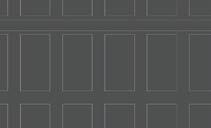

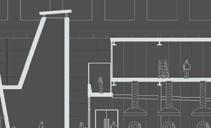






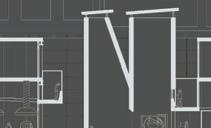
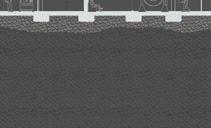









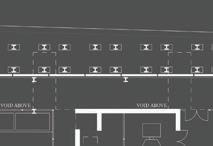

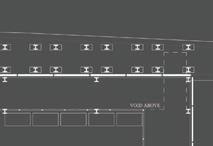



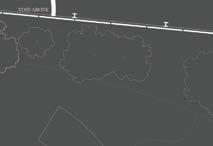
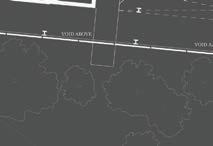

TIMBER WORKSHOP CERAMICS WORKSHOP BRICK WORKSHOP INNARDS WORKSHOP
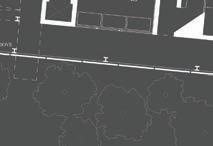

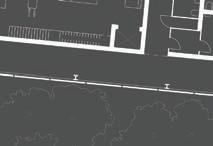


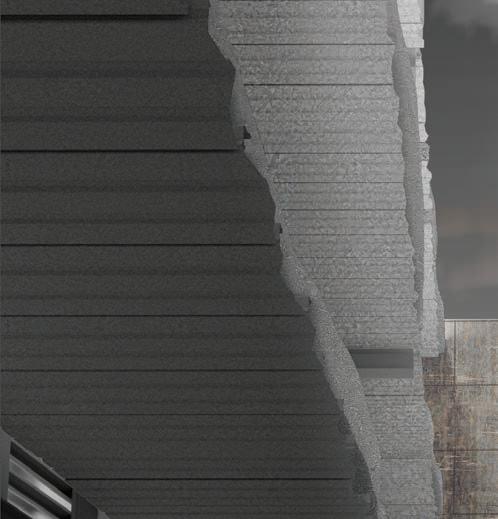
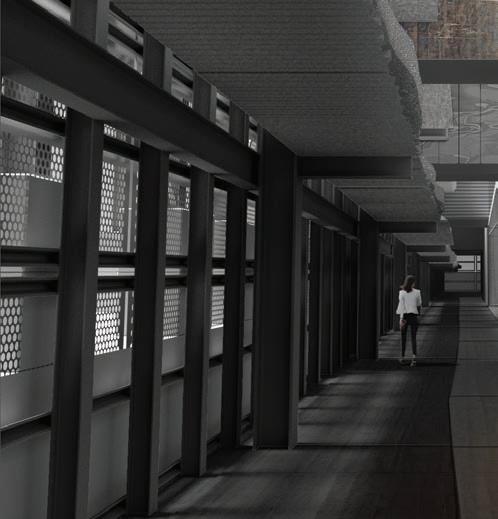
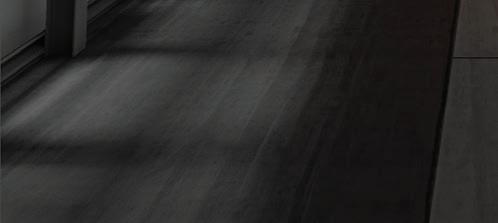
HERITAGE FACADE, REFLECTIVE SPACE AND WORKSHOPS
Juxtapositioning existing site remnants with the added element through the tectonics.




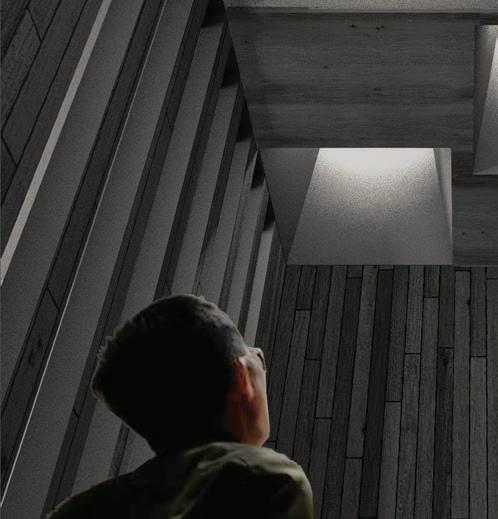

MATERIAL RETROSPECTION ROOM
Moments of reflection upon the materials in interstitial spaces between workshops and pathways.

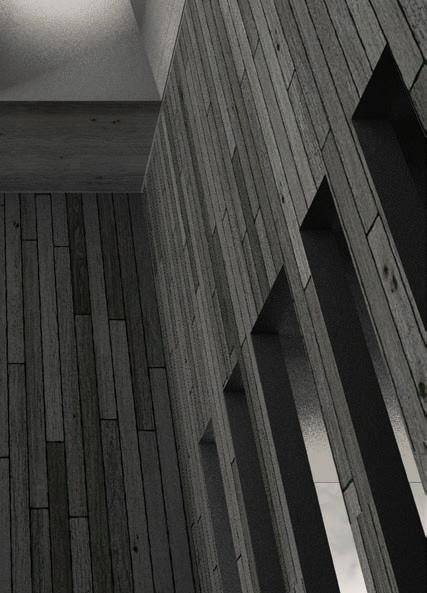

MASTERS LEVEL, FIRST YEAR
DESIGN STUDIO D, STUDIO 31: BOTHY
LED BY ANDRE BONNICE, SIMULAA


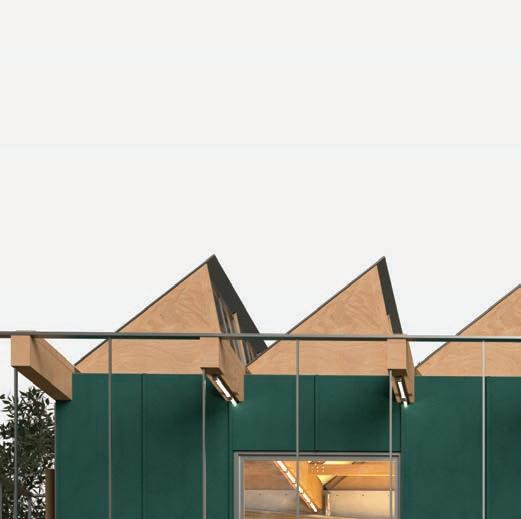
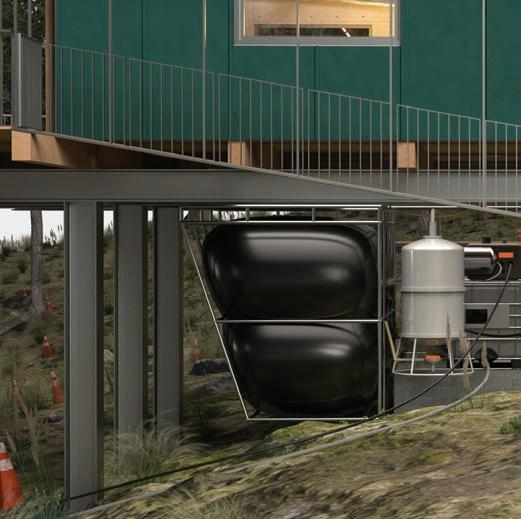

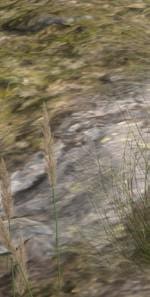


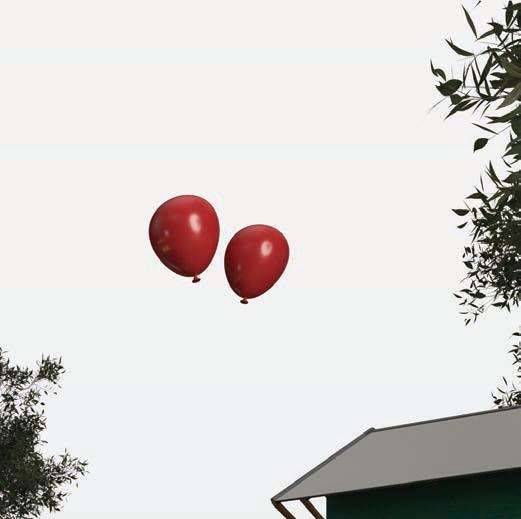
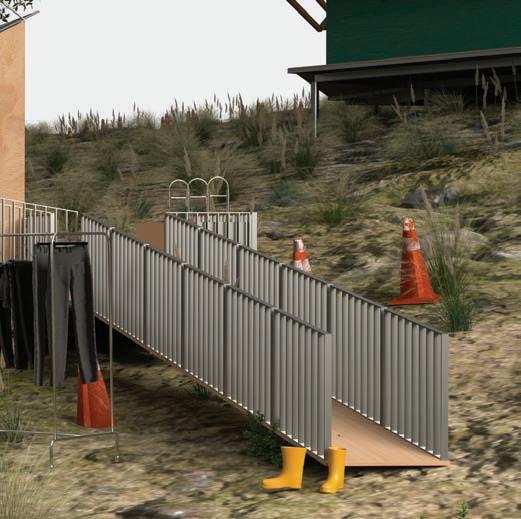

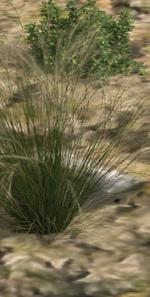
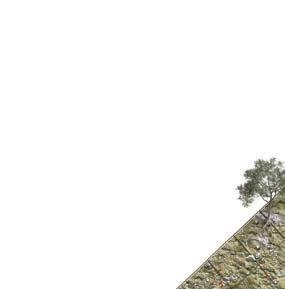


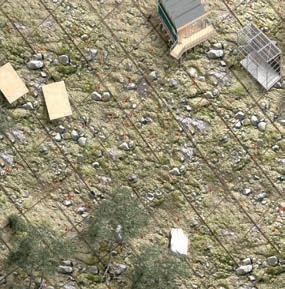

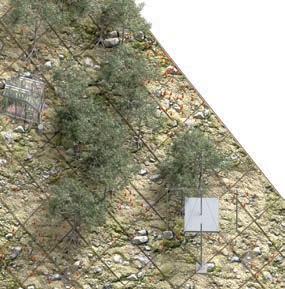


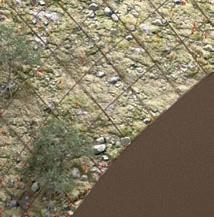



The Falcon’s Nest, located just over an hour from Melbourne, is an elevated property looking over the district to High Camp and Mt Piper. The property slopes from east to west and is intersected by two seasonal creeks adorned with tree ferns.
This once bio-diverse place has been cleared and compromised by industrialised agriculture. This land has been acquired by a conservation covenant under environmental protection. Projects for natural regeneration has been earmarked for the site.
Commissioned by Trust for Nature, the Falcon’s Nest Conservation Research Station is a speculative exploration into an autonomous dwelling that utilises a closed-loop waste management system for water reclaimation and energy generation.
The system design draws inspiration from the Japanese Kabata, employing spatial and level compositions to utilise gravity to move particulates. This composition eliminates the need for mechanical systems and reduces energy requirements.



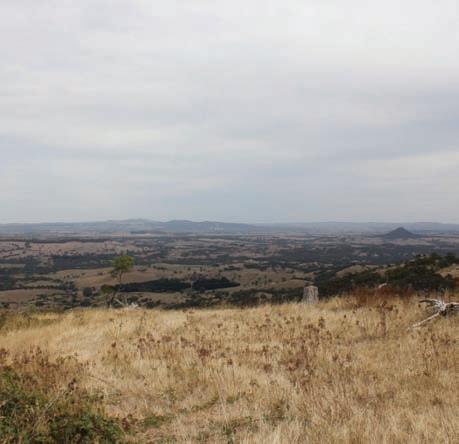
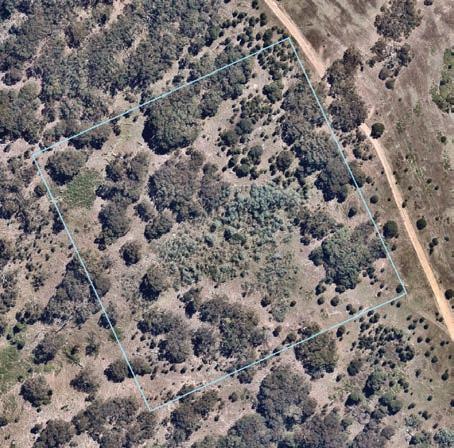
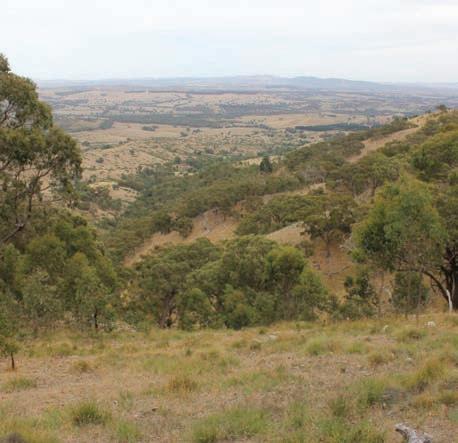
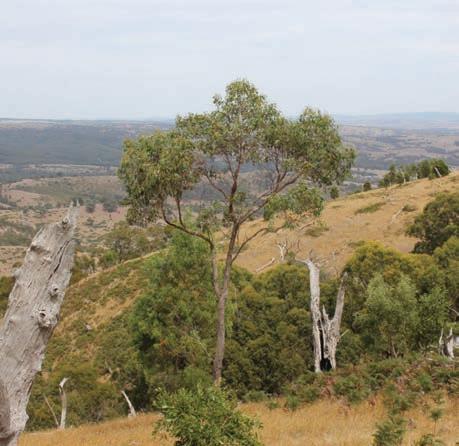
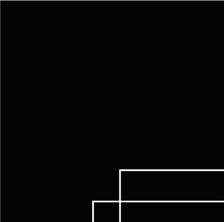


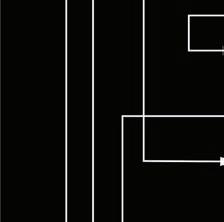
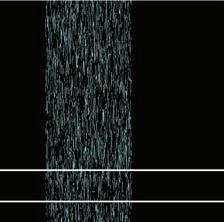
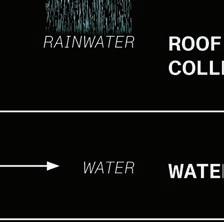
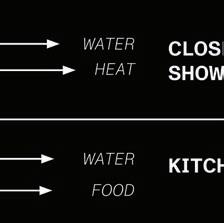










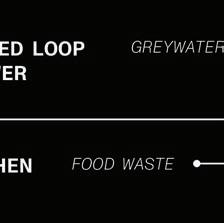
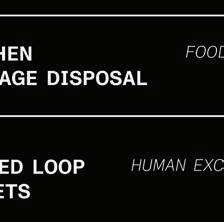
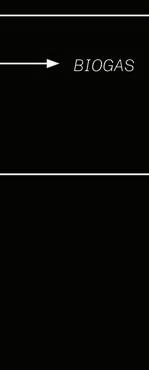


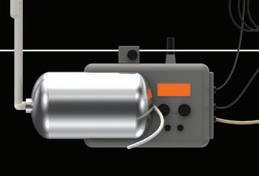





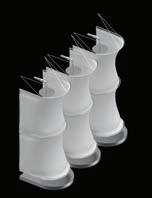
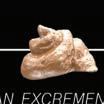
















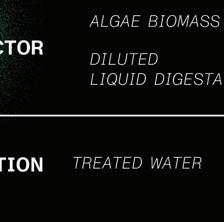






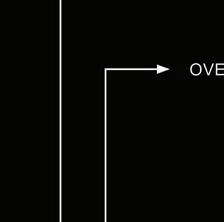

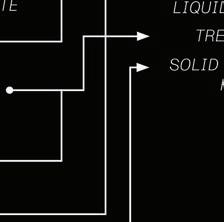
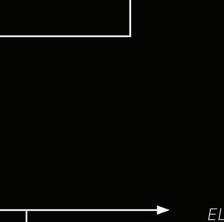

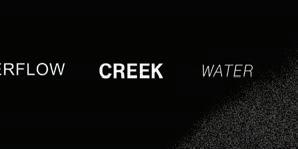





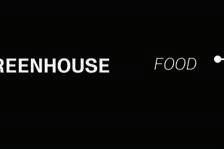
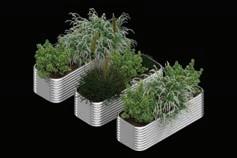
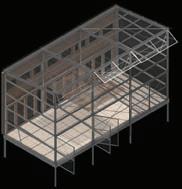











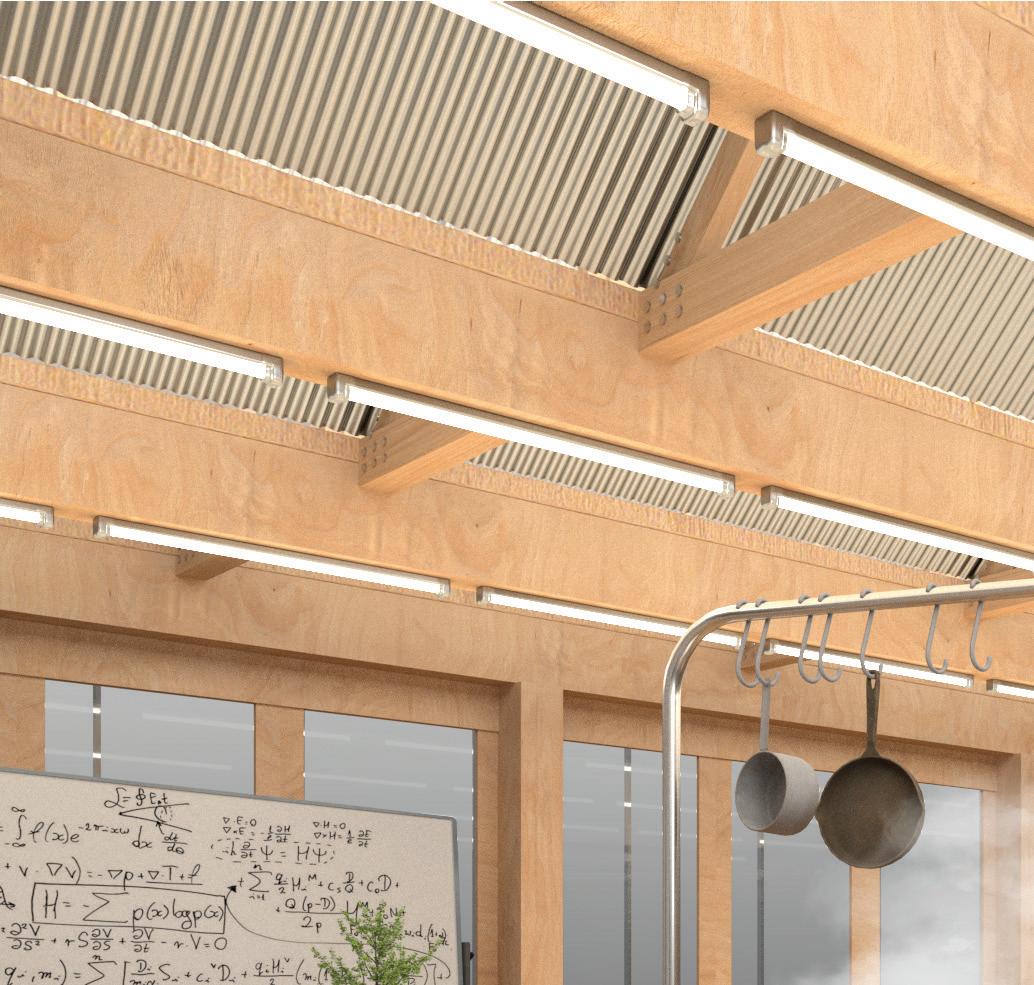


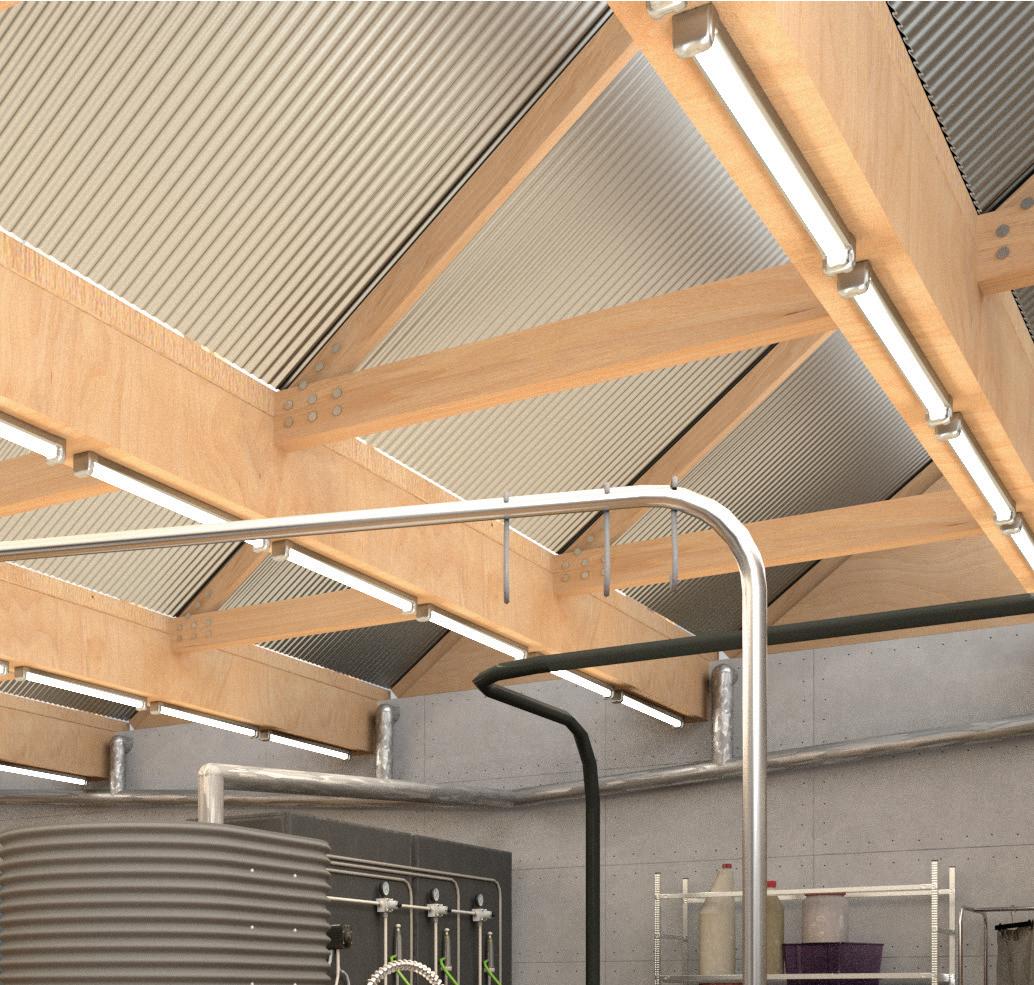
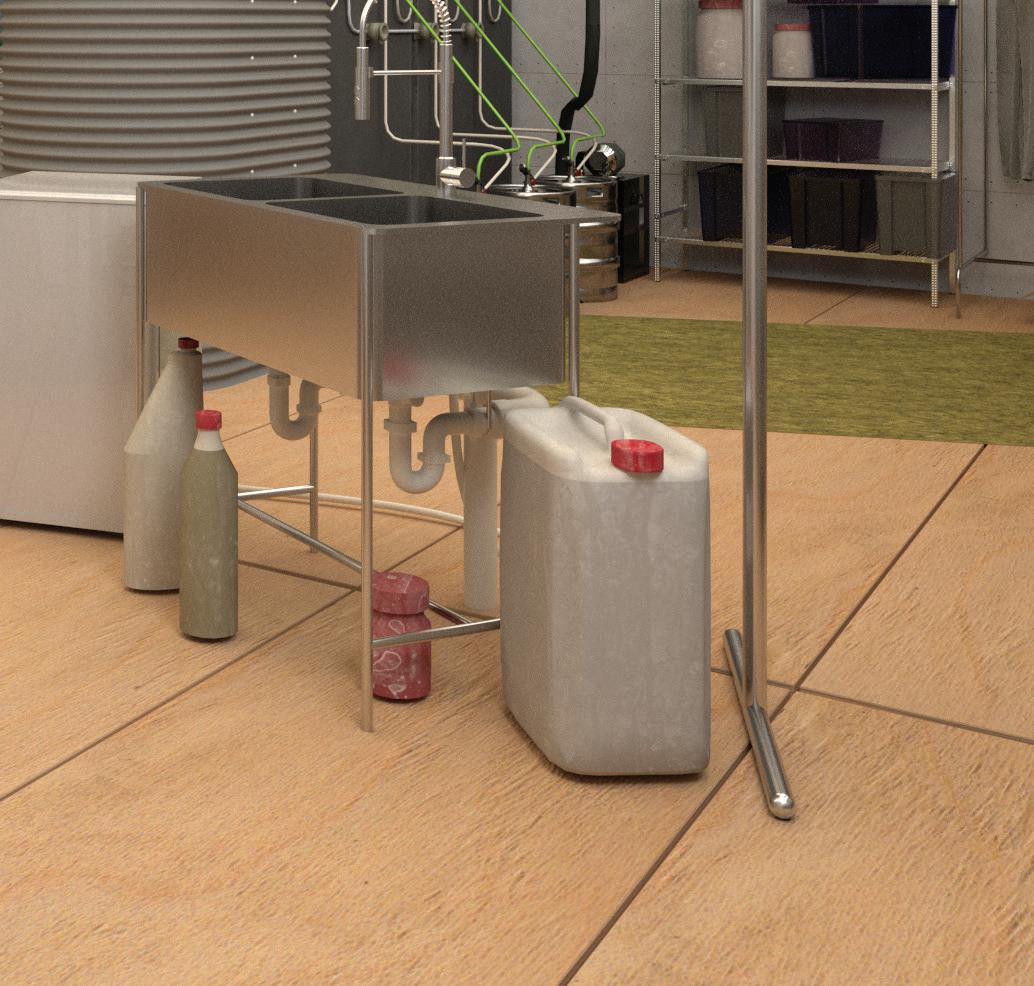

RESEARCH ASSISTANT,
URBAN ECOLOGY AND DESIGN LAB
PROJECT FOR PROF. ALEX FELSON
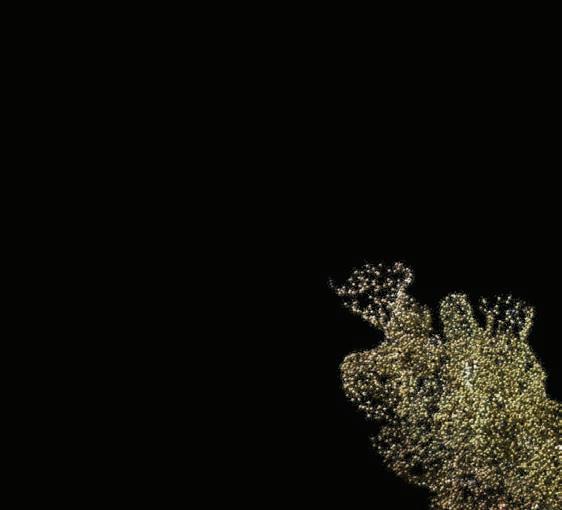
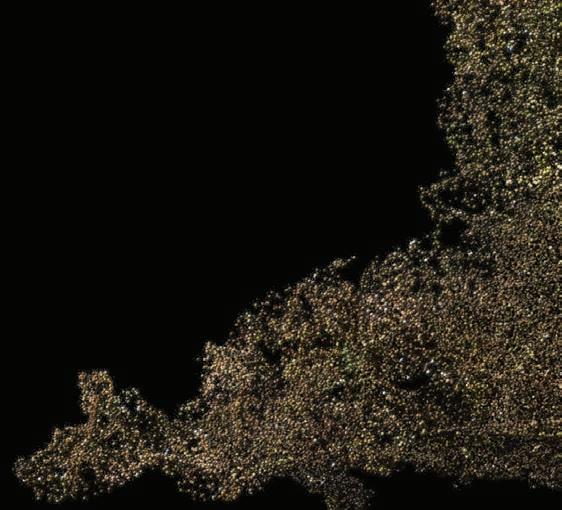
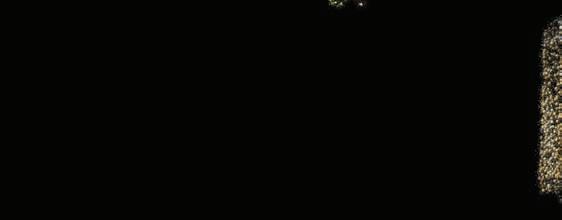



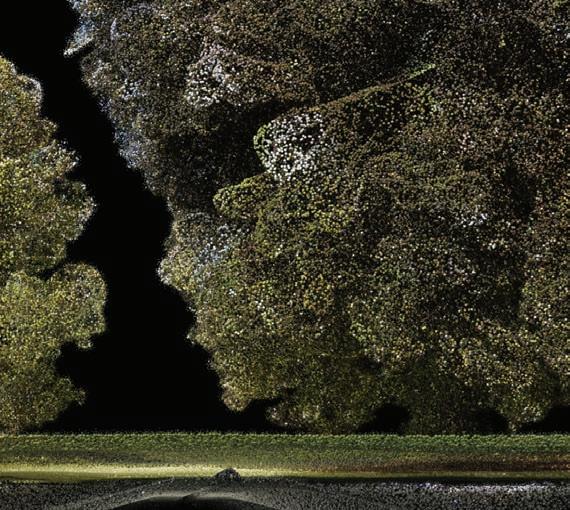






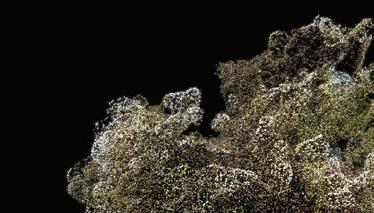




POINT CLOUD OF LiDAR SCANNED SOUTH LAWN CARPARK
Engaged by Prof. Alex Felson on the behalf of the Urban Ecology Design Laboratory (UEDLAB), this project focused on the South Lawn Carpark, a Victorian heritage-listed structure located at the University of Melbourne Parkville Campus.
As the heritage status only applies to the reinforced concrete parabolic structures, this project instigates heritage protection over the cultural values of the softscape that is also part of this carpark.
The project was divided into two parts: the digital documentation of the structure and softscape through LiDAR scanning, and a physical representation of the carpark through 3D printing.
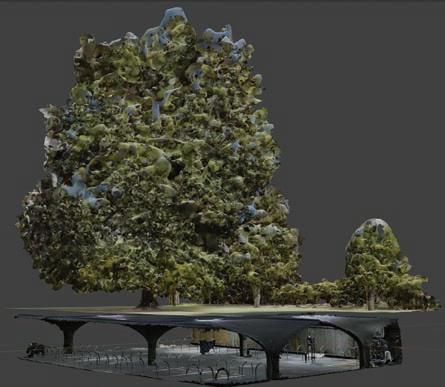

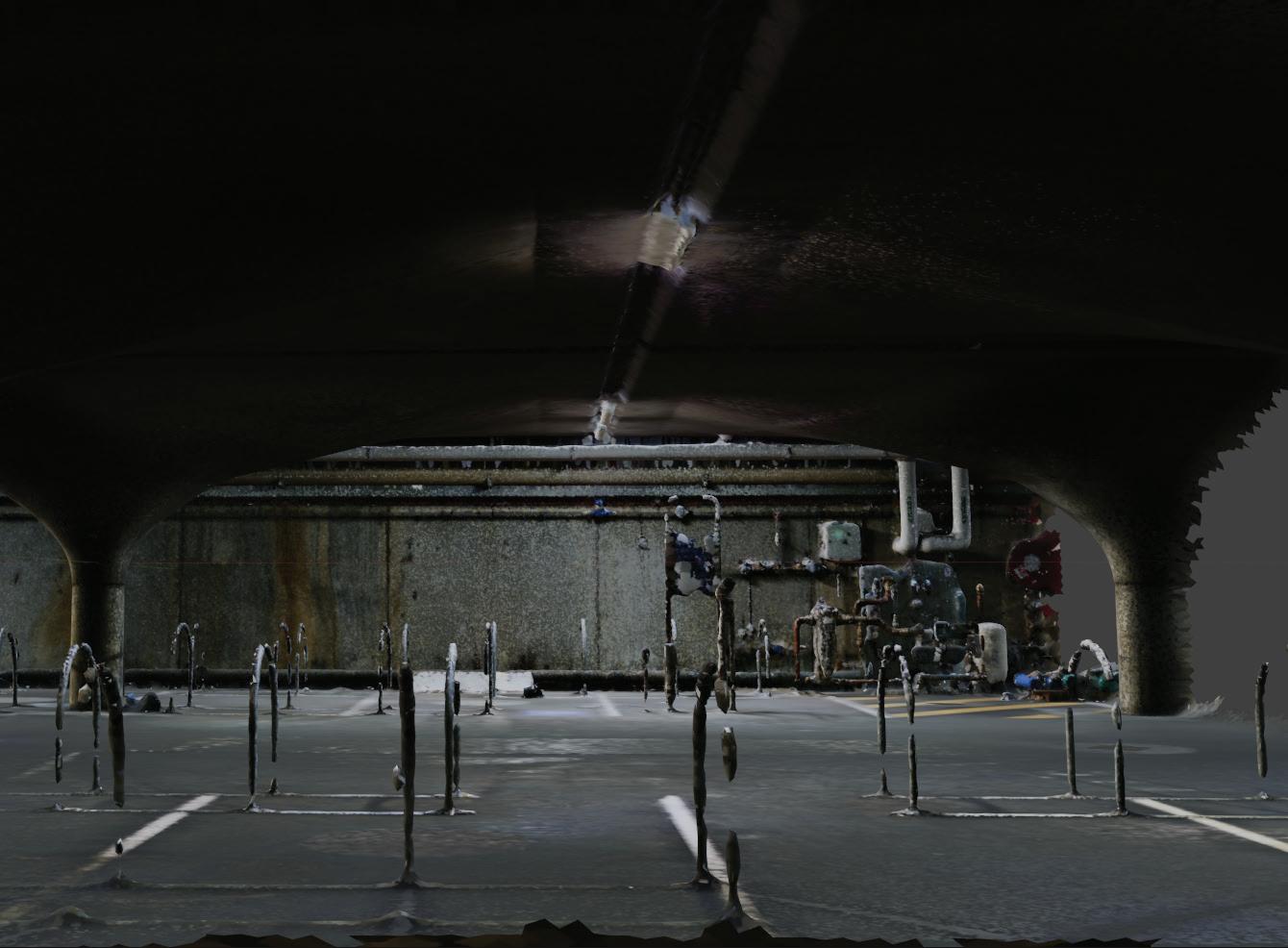



3D - PRINTED PROTOTYPING WITH MULTIPLE COLOURED PLA FILAMENTS
CAD DRAWING OF LASER CUT 3D MODEL


ARCHITECTURAL GRADUATE
CERA STRIBLEY ARCHITECTS
DESIGN TEAM CAMBRIDGE ST, BOX HILL
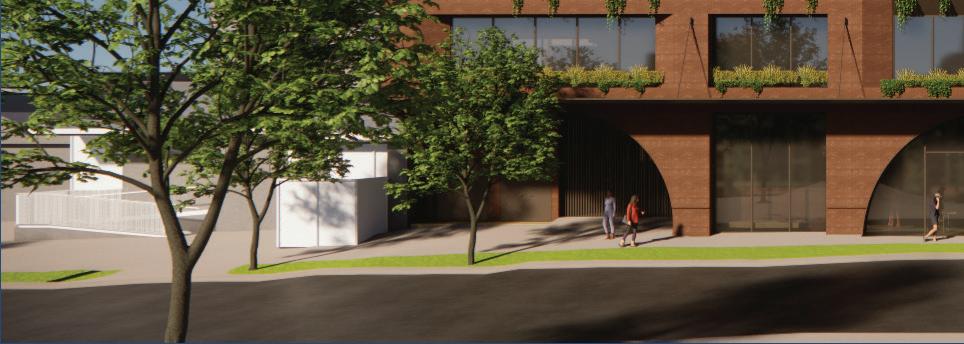
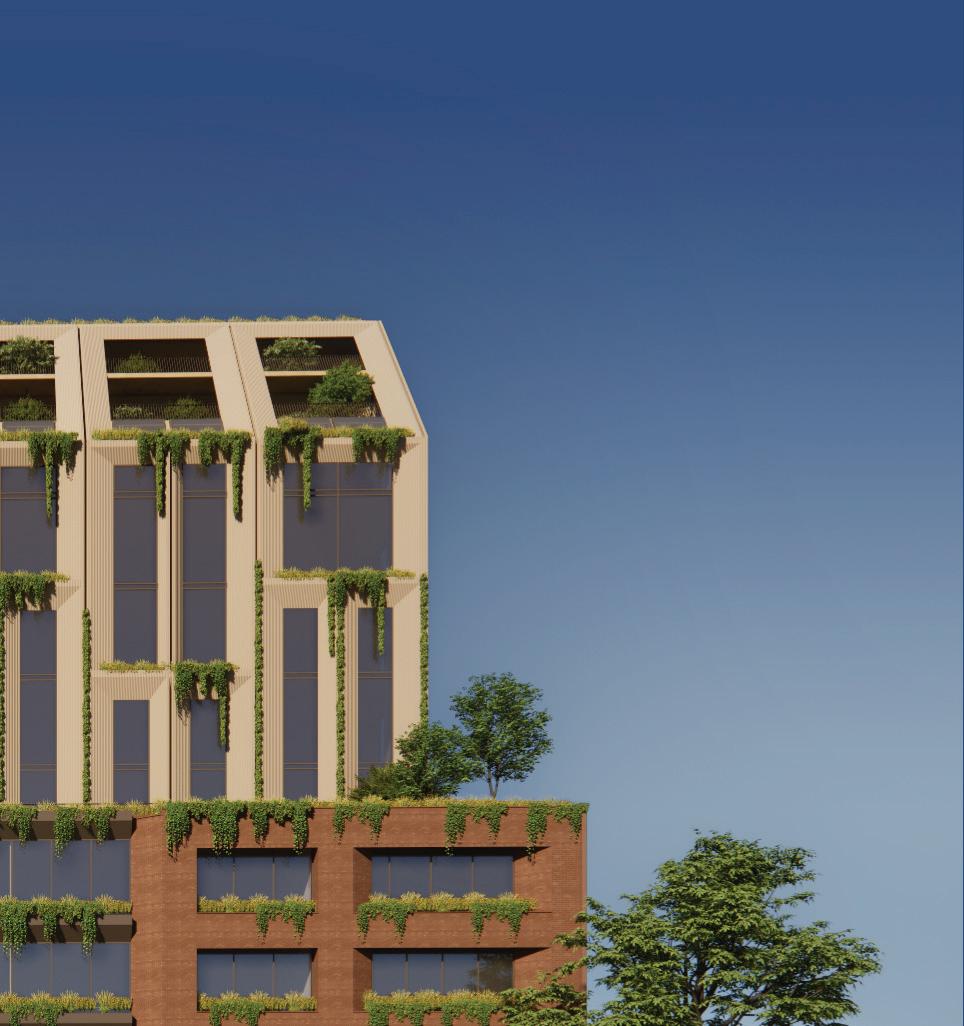
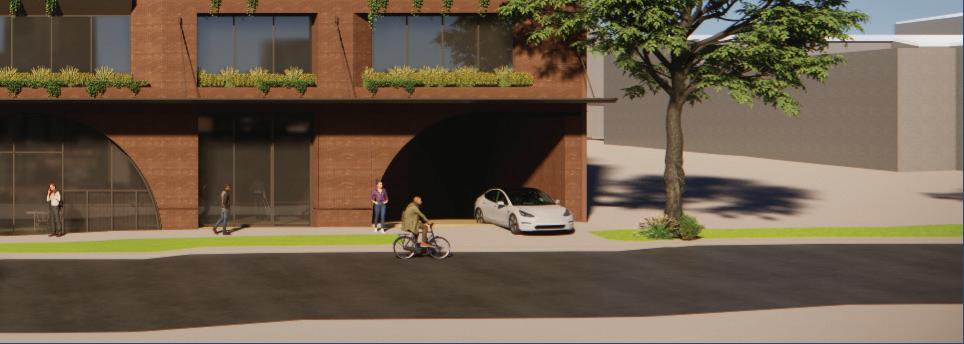

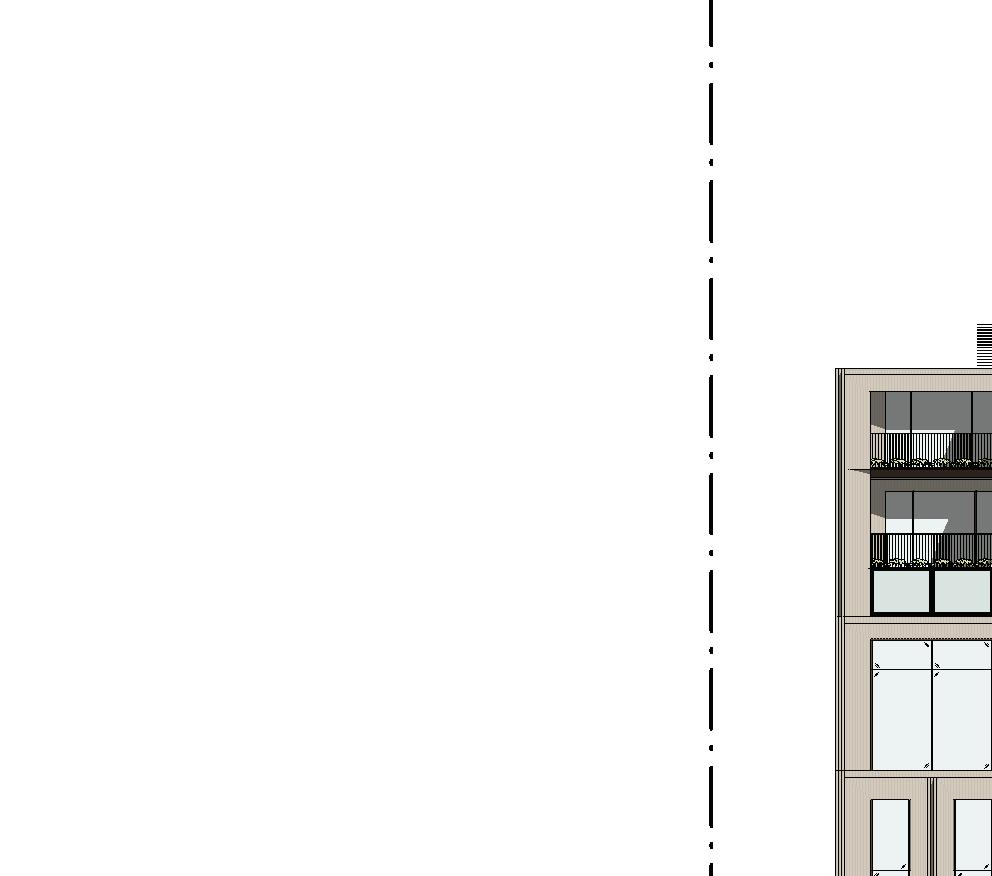








PROJECT LEAD: HANAH WEXLER Town Planning RFI
This project is an A-Grade 11 Storey O ce Tower located on a 902sqm site in Box Hill, with a 40.8m frontage along Cambridge Street. The site is zoned under C1Z - Commercial 1 Zone planning overlay.

As this project will be the first mid-rise building on the street, Whitehorse City Council required the design to set a precedent of minimising overshadowing for future commercial developments.
Responsibilites for this project include:
• Redesign of Building Envelope
• Visualisation of Exterior Views
• Producing drawing set for Whitehouse City Council: Plans, Sections, Elevations and Shadow Studies.

• Preparation of Statement of Changes documents
• Preparation of Development Summary
In collaboration with Aurelia Tasha Handoko






